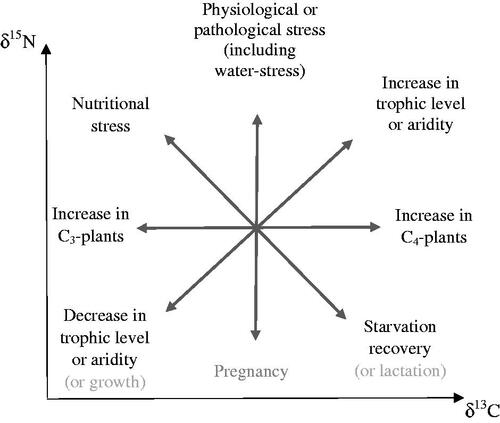Figures & data
Figure 1. Biplot of bulk δ15N and δ13C for the 10 M3, including values during various consecutive phases of M3 formation for individuals with indications of major dietary and/or environmental shifts.
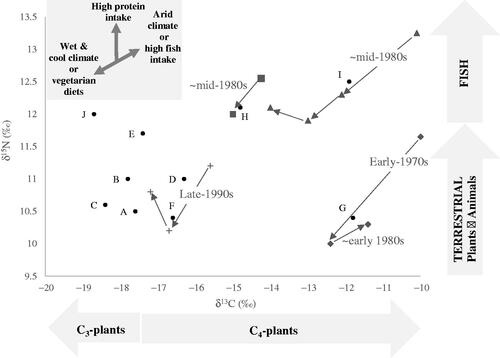
Figure 2. Incremental dentine δ15N profiles of Seventeenth century Scottish soldiers and Nineteenth century Irish men from Kilkenny Union workhouse famine cemetery ( adapted from Beaumont and Montgomery Citation2016; Millard et al. Citation2020).

Figure 3. The exemplar of incremental dentine δ15N profiles during pubertal growth (based on linear growth patterns defined by Veldhuis et al. Citation2005).
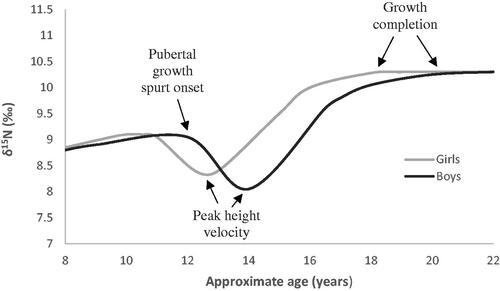
Figure 4. The exemplar of maternal incremental dentine δ15N profiles during pregnancy and lactation (based on Fuller et al. Citation2004; D'Ortenzio et al. Citation2015; Fuller et al. Citation2006; Herrscher et al. Citation2017).
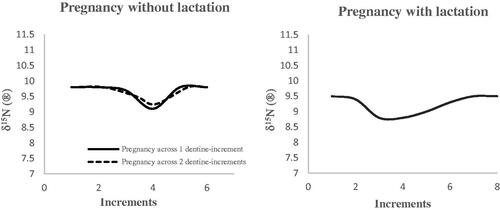
Table 1. Demographic and anthropometric data of the 10 individuals.
Figure 5. The proposed interpretation of δ15N and δ13C profiles in relation to pubertal growth, for women who display life events or stress during late childhood and adolescence.
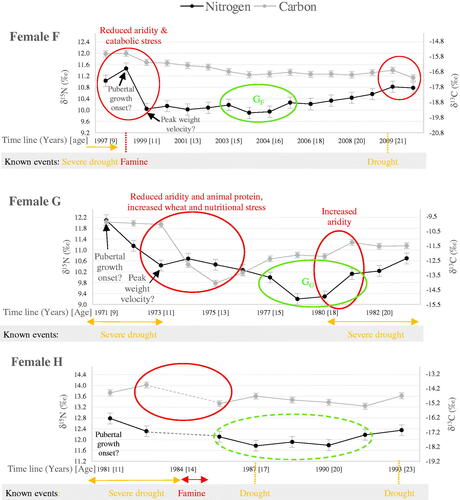
Figure 6. The proposed interpretation of δ15N and δ13C profiles over the time of M3 formation, in relation to pubertal growth, for the two men.
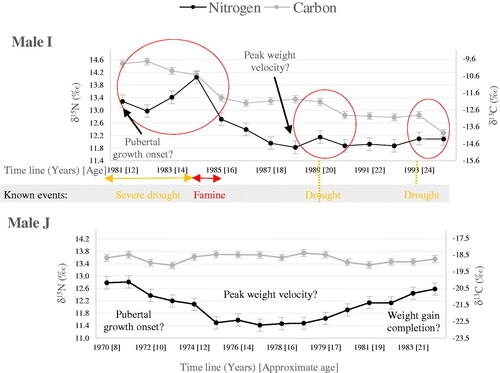
Figure 7. The proposed interpretation of δ15N and δ13C profiles in relation to pubertal growth, for women with no obvious life events during late childhood and adolescence.
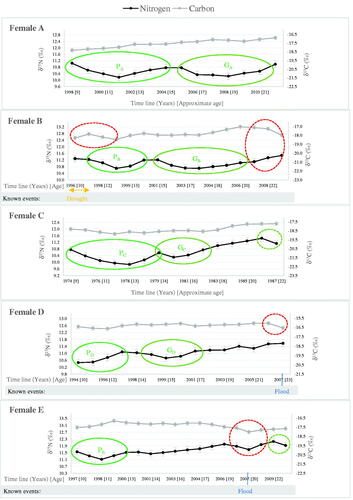
Table 2. Summary of isotope results for the 10 M3.
Table 3. Summary of the isotope data proposed to represent pubertal growth.
Table 4. Summary of the isotope data interpreted as gestational events.
Figure 8. Projected δ15N and δ13C shifts linked with dietary, physiological or environmental events.
